On average, Walt Disney World saw about 142,000 guests per day in 2019. That’s nearly half of the population of Orlando!
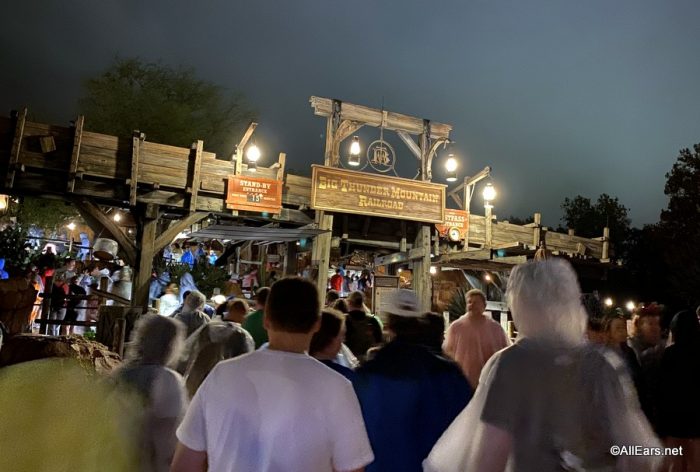
If you, like me, are not fond of crowds, it seems like getting lost in a wave of people is unavoidable — and anxiety-producing. Fortunately, there are a few tips you can use to minimize your time mingling with the masses — and hopefully save your sanity in the process.
Know When To Go
First things first, there’s no such thing as a “slow” season at Walt Disney World. There are “slower” seasons, but the slowest day at Disney World would still be astronomically crowded at a typical theme park.
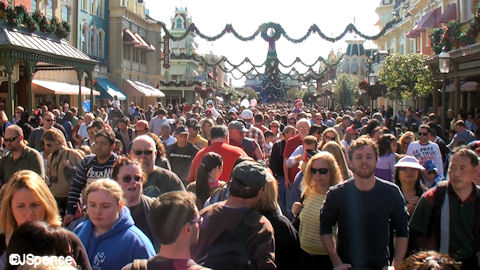
However, you can time your visit to avoid the worst crowds. First, try to avoid major holiday weeks, specifically Spring Break, Thanksgiving, and Christmas. Many people have these weeks off, so the parks are bound to be packed. One-off holidays like Labor Day, Memorial Day, and Independence Day also tend to be packed as folks make long-weekend trips to the World, though they’re not as busy as the big ones.
Weekends throughout the year are also big crowd periods, no matter when you go. Doubly so if it happens to be a three-day weekend due to a holiday, as many families will take advantage of that extra day off for more park time.
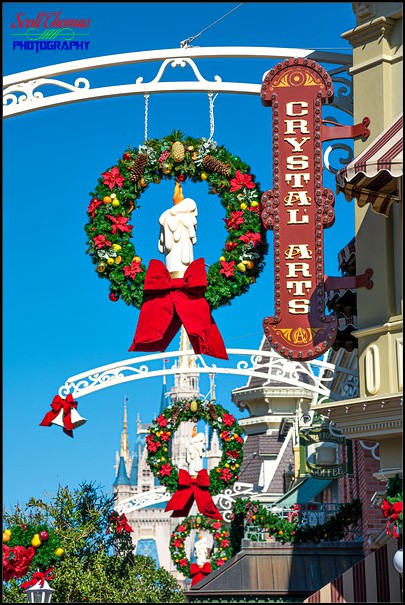
The slowest period tends to be early September, due to the start of the school year. However, you can get a sense of what Disney thinks the crowds will be like by checking their pricing schedule. Since 2018, date-based pricing has given guests some clues about crowd levels, as the highest priced days tend to be the busiest, while the slowest days are always the cheapest.
March to Your Own Drum
One tip for avoiding crowds is to anticipate what the crowds will be doing at any given moment. For instance, some rides like Flight of Passage and Millennium Falcon will always be busy. If you aren’t comfortable in long lines, skip them unless you have a FastPass (or, for the Falcon, you can also get into the Single Rider line).
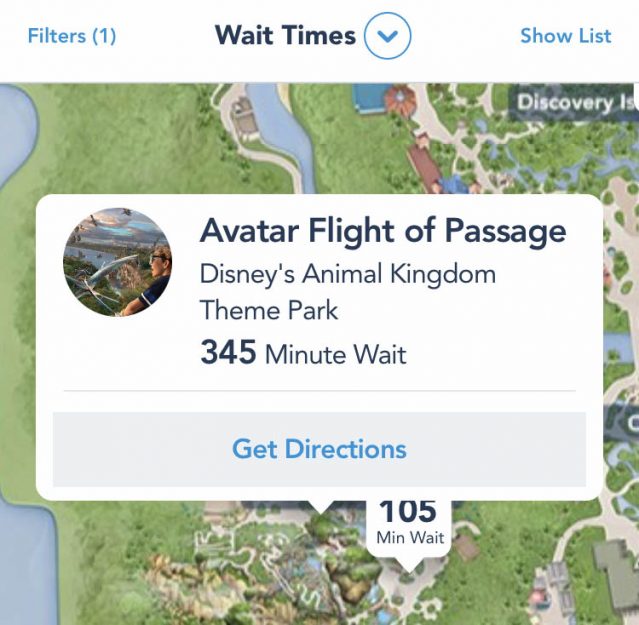
This is doubly true if you’re going early in the day, as the morning rush always goes to those attractions. If you rope-drop Hollywood Studios, you can avoid the crowded Galaxy’s Edge and Toy Story Land and go to the relatively chill Sunset Boulevard to enjoy those attractions instead.
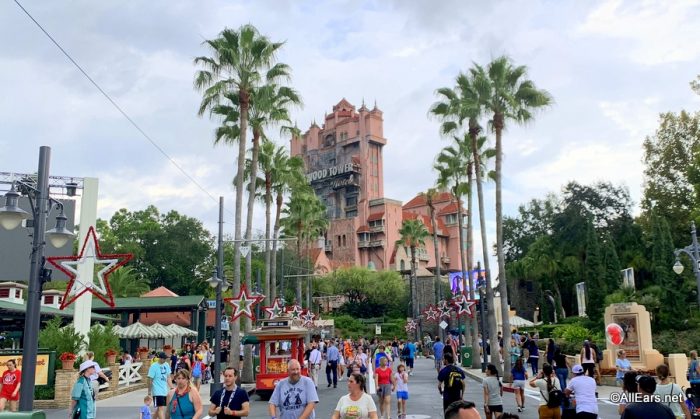
Dining is another example. Try to time your meals to avoid the major rush periods. This mostly applies to lunch; breakfast is often relatively relaxed as guests rush to experience attractions, though there are exceptions when you’re dealing with quick service. For lunch, trying to time your meal for around 1PM-2PM will let you avoid the main lunch rush. For dinner, eating in the parks isn’t advised if you don’t like crowds, as the dinner rush lasts from about 4PM to closing.
What you can do, however, is take advantage of the evening rush. People will usually travel to restaurants or head to the viewing area for the nighttime shows. All you need to do is just… not be there when that happens. At Magic Kingdom, try to avoid Main Street and Fantasyland. In Epcot, avoid World Showcase. In Hollywood Studios, keep away from the Chinese Theater. In Animal Kingdom, avoid Asia and Africa. This still leaves some of the hottest attractions in each park open to you, and lines will be at a minimum during the show, so you’ll be able to move about with lower crowd levels.
Don’t Be Afraid of Rain
Florida is wet. This is a fact of life. If you go to Disney World, it’s likely going to rain at some point during your visit. If you go during the summer, it’s going to rain a lot. Fortunately, you can take advantage of this with a bit of preparation.
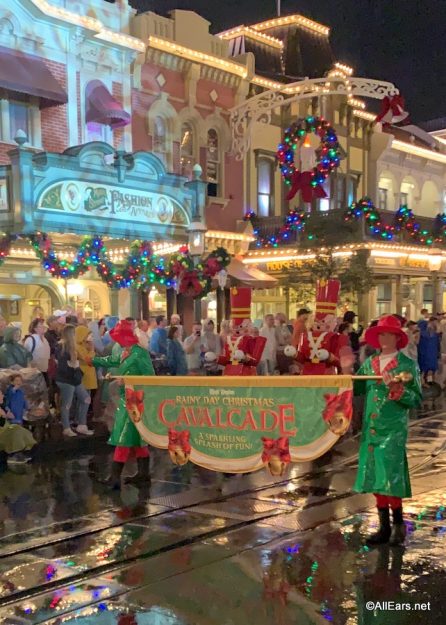
Many guests instinctively seek shelter during rain, especially heavy rain. This means the walkways will be empty, while the interior exhibits and rides will be full. I’ve seen the lines for Seven Dwarfs Mine Train and Expedition Everest dissolve due to a light drizzle, like they were made of cotton candy. This makes travel around the park easy and can occasionally open up certain outdoor attractions if the weather isn’t too severe.
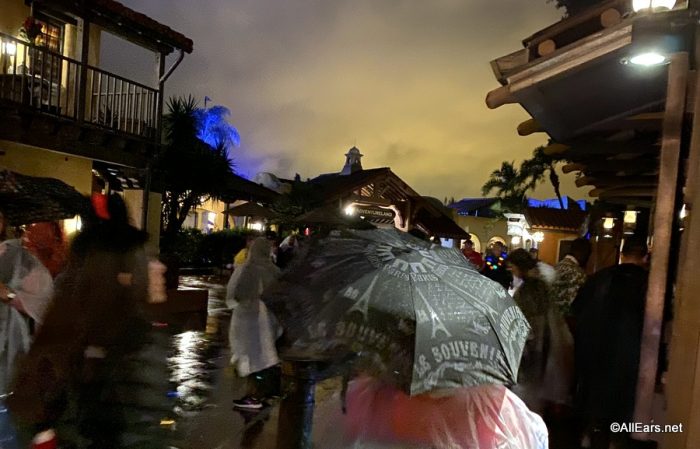
This can even apply (on a limited scale) to tropical weather events. Orlando is inland and a popular evacuation zone, so much of the park is typically open when a storm is scheduled to pass near Florida. Now, obviously that’s not something you can plan for, but I’ve used several “hurricane days” that turned out to be mildly wet to enjoy the theme parks.
One obvious caveat though: do not try to go out in dangerous weather. In severe conditions, Disney will shut down individual rides or even the entire park. If there’s a lightning storm blowing in during your trip, or debris flying around, or some other extreme weather condition, go inside. If road conditions are dangerous, don’t travel. Also, for the love of all that is good, do not travel to Florida during a hurricane warning. Don’t risk your life to avoid the Disney crowds. Seriously.
But those daily storms? Feel free to take advantage of the reduced crowds.




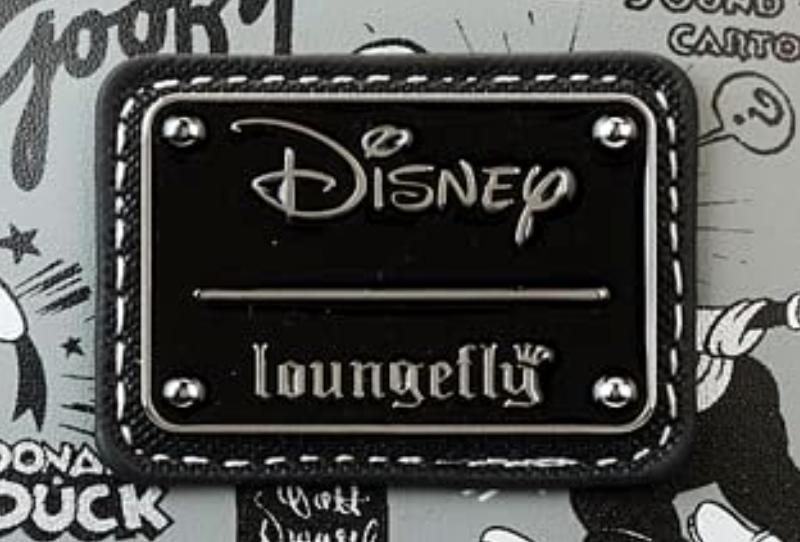

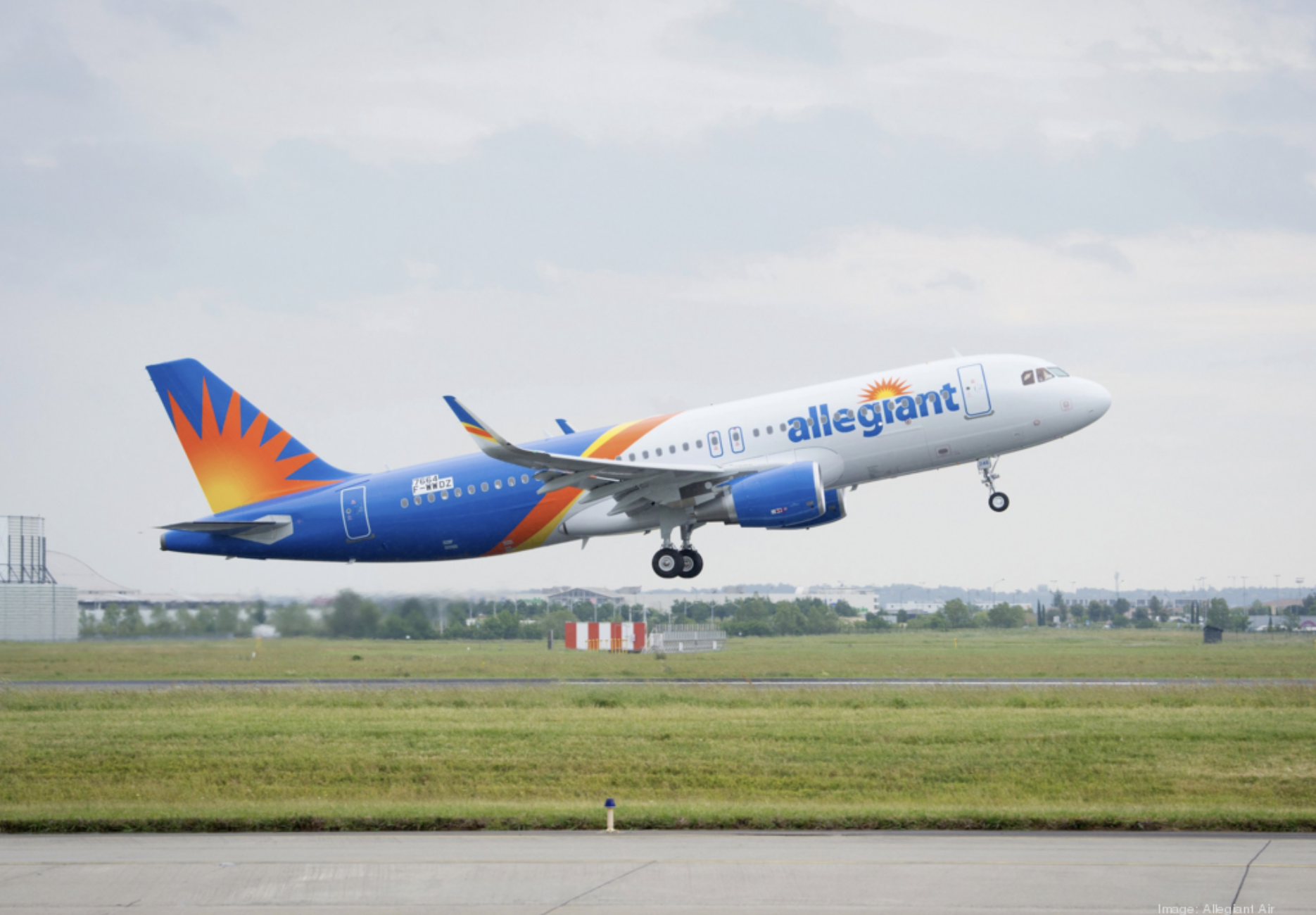


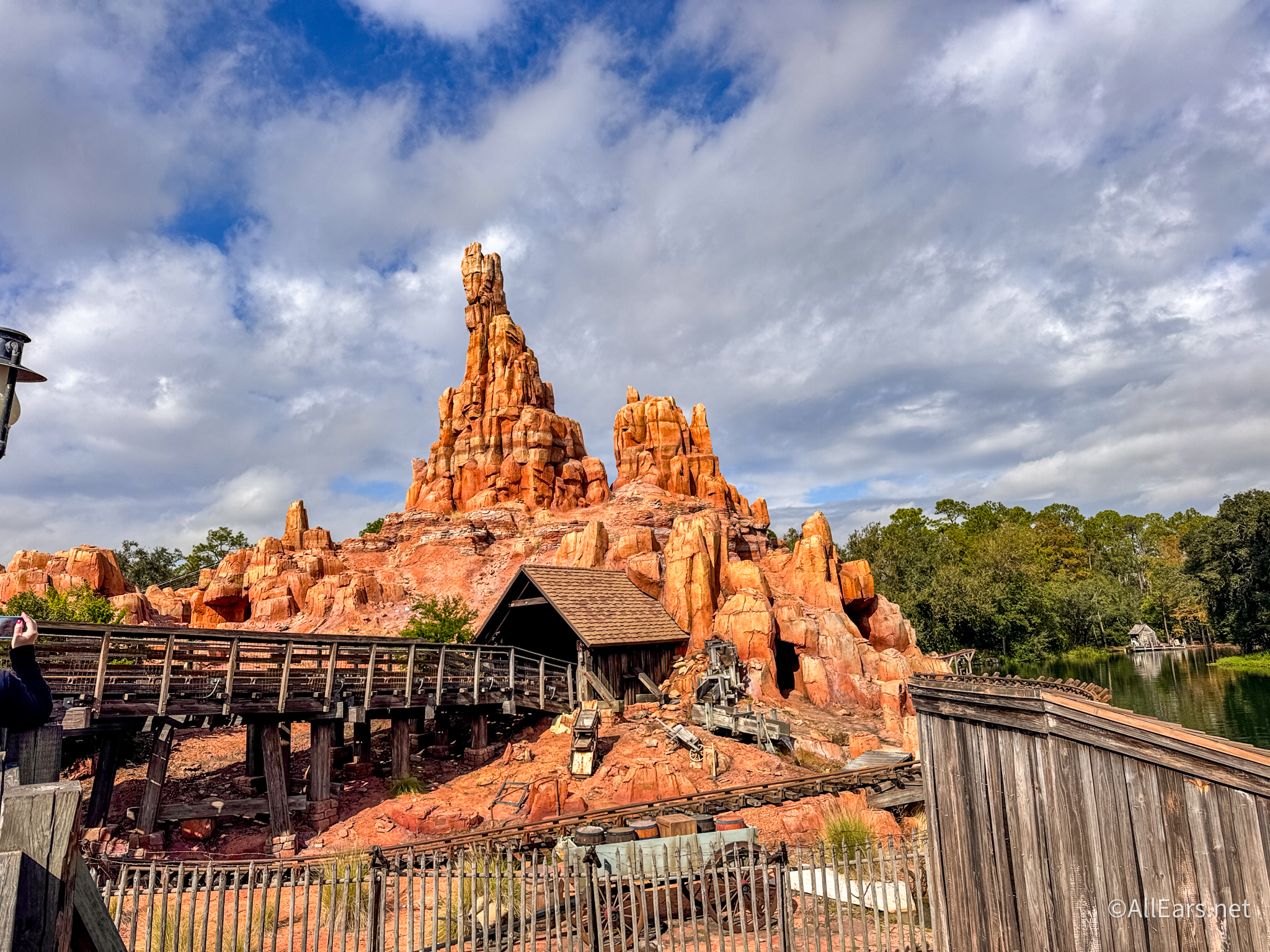





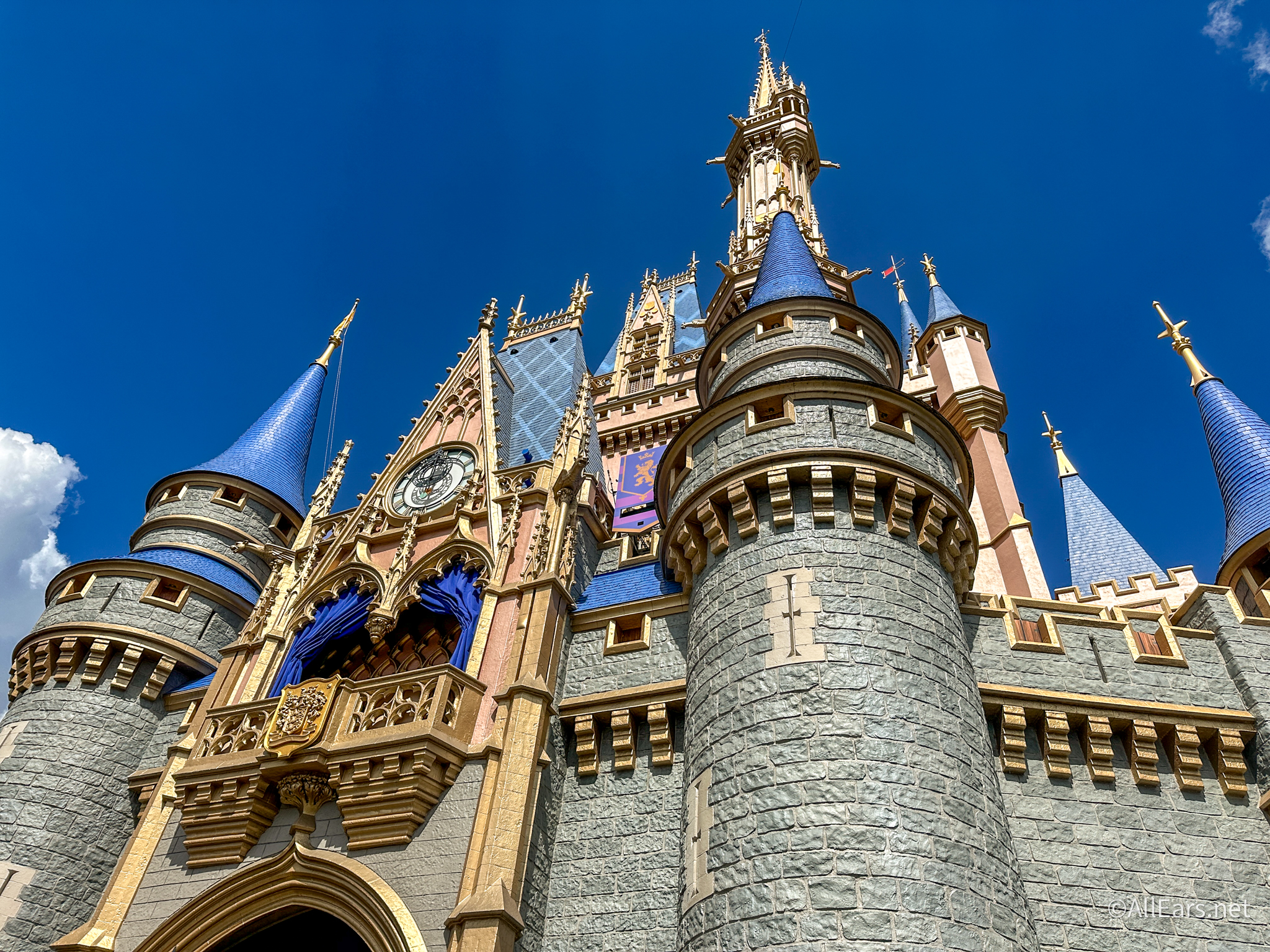


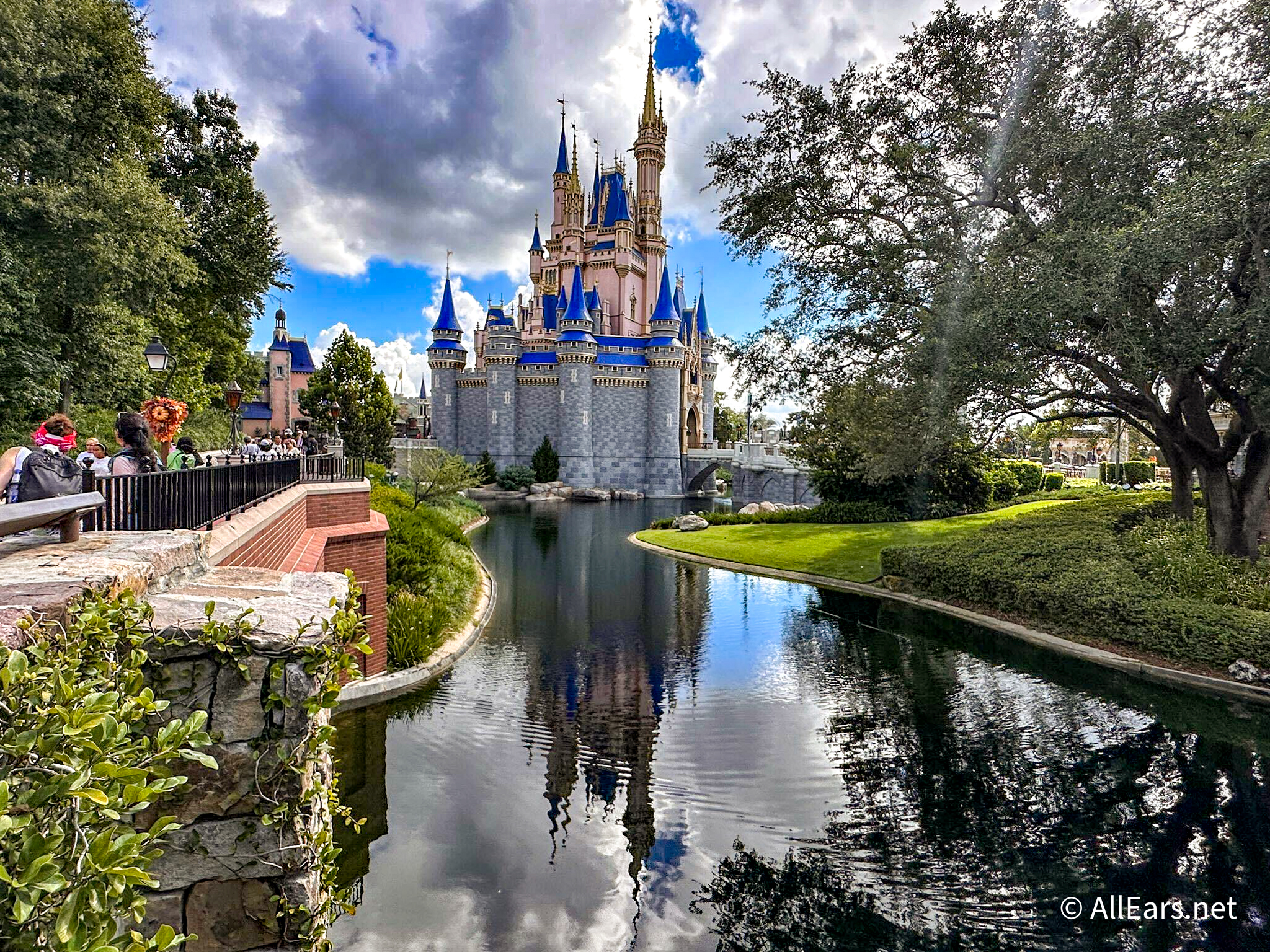


January of this year MLK day was the same holiday weekend as the opening of Festival of Arts. The parks were packed. In fact, one CM said they were similar to Christmas week. Never again for us. We’ll wait until late January or February. I’m sorry, but there’s no ride in Disney worth a 345 minute wait. I can do a lot of rides in that time period.
You missed President’s Day in February. Coupled with the Daytona 500, it’s the perfect family get away: Dad (and whoever) can go to the race and the others can go to the parks. All this presented on a four day week. We’ve been there on President’s Day – it was a madhouse!